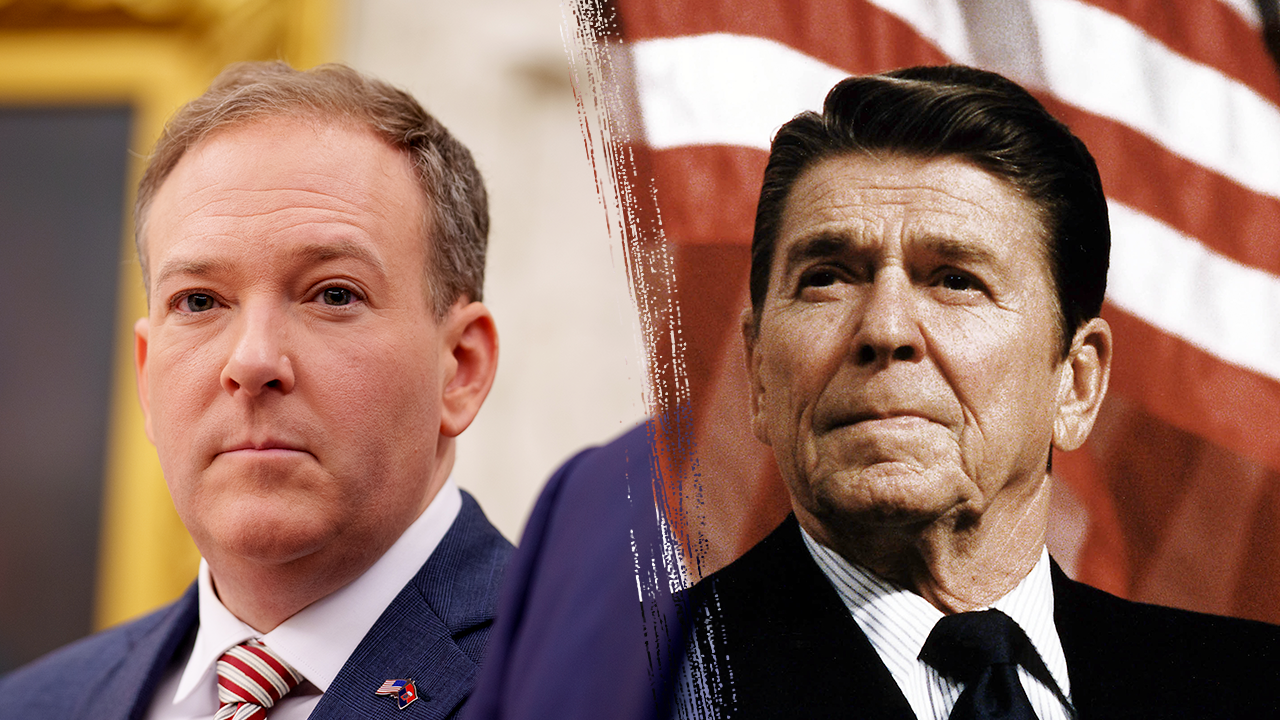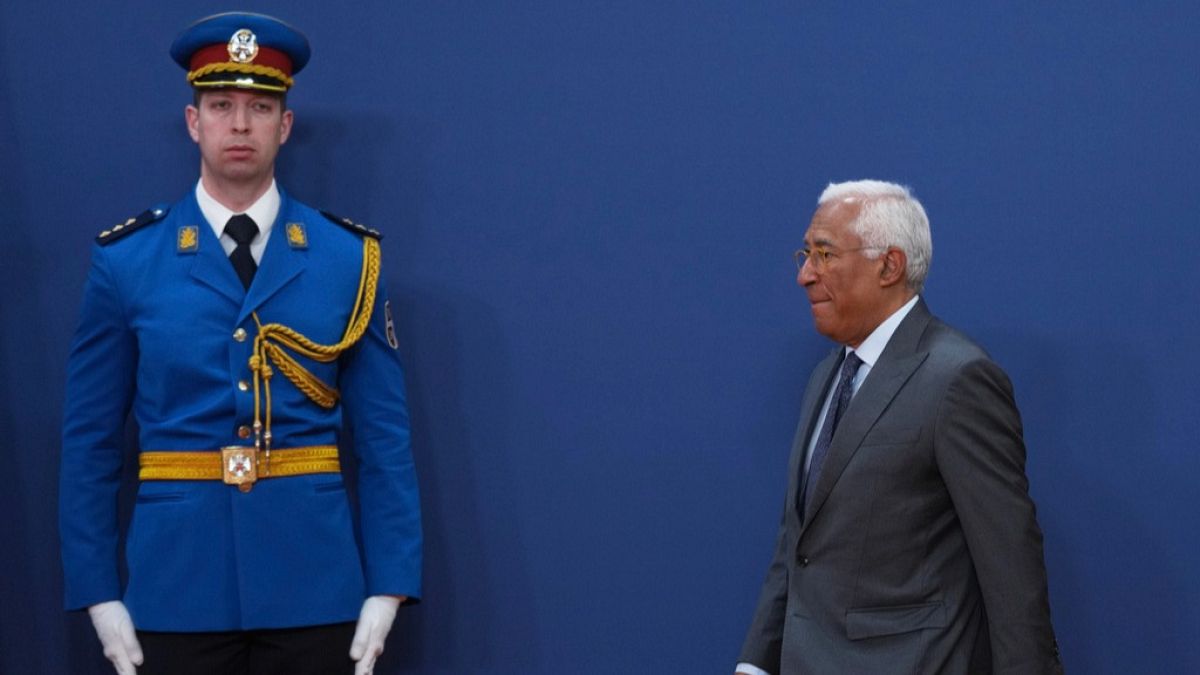Lifestyle
Discarded lifelike sex dolls keep fooling German police

Picking up a twig on the ground next to a blackberry bush, the dog walker poked at the plastic bag — and a burnt hand popped out.
He called the police in Rostock, the largest city in the German state of Mecklenburg-Vorpommern, and the full machinery of a murder investigation swung into action.
Members of the homicide unit and a forensic team set up floodlights and a 3D scanner to provide a precise recording of the grisly scene. A drone was launched and an undertaker was summoned.
The charred remains of a naked unidentified woman spoke of a dark underbelly of German life, in more ways than one. It took more than five hours for investigators to discover that the body was, in fact, a

Lifestyle
How Pandora Is Surviving Trump’s Trade War

Pandora, the world’s largest jewelry company, is based in Denmark and has nearly 500 stores in the United States, more than in any of its other key markets. But in some ways, its real home is Thailand, where the company has been making its products for nearly four decades.
Like many global corporations, Pandora has used a continent-crossing supply chain to sell its goods worldwide at a low cost. But last month, that supply chain became a grave weakness when President Trump said he would impose 36 percent tariffs on goods entering the United States from Thailand, alongside steep tariffs on dozens of other countries.
After Mr. Trump unveiled his “reciprocal” tariffs, Pandora’s shares were among the worst performing in Europe. A week later, Mr. Trump postponed those tariffs until early July, offering a reprieve.
But the threat looms, and Alexander Lacik, the chief executive of Pandora, is not expecting the uncertainty that is paralyzing businesses to end. Unless tariffs return to previous levels, the next year will be turbulent, he said in an interview. For now, he added, there is little to do but wait to see how investors, customers and competitors react.
“With the information at hand today, I would be crazy to make big strategic decisions,” Mr. Lacik said.
Alongside business leaders all over the world, Mr. Lacik is grappling with how to respond to Mr. Trump’s unpredictable policies, which have generated almost maddening uncertainty. The Trump administration has started to show a willingness to lower tariffs, but his first agreements, with Britain and China, have posed more questions than answers, and tariffs are still higher than they were a couple of months ago.
Although some aspects of the trade war have been suspended, Pandora and other multinationals are in limbo, waiting for more agreements to be completed.
Pandora, best known for its silver charm bracelets, has been making jewelry in Thailand since 1989. Across three factories, thousands of people handcraft the products. The company is building a fourth plant in Vietnam, but Mr. Trump has threatened tariffs of 46 percent on Vietnamese goods.
Last year, the company sold 113 million pieces of jewelry, about three items every second, making it the largest jewelry brand by volume, with stores in more than 100 countries. A third of its sales, 9.7 billion Danish kroner, or $1.4 billion, were generated in the United States, and Mr. Lacik said he had no intention of moving away from the company’s most profitable market.
But prices will rise, he said, and who will bear the brunt of that is unclear.
“The big question is, am I going to pass on everything to the U.S. consumer, or am I going to peanut butter it out and raise the whole Pandora pricing globally?” Mr. Lacik said.
But Pandora keeps several months’ worth of stock, giving him time to see how other jewelers change their pricing and then decide.
A few things can be done immediately, such as streamlining parts of the supply chain. The day after the reciprocal tariffs were announced, Pandora said it would change its distribution so that products sold in Canada and Latin America would no longer move through the company’s distribution hub in Baltimore, a process that would take six to nine months to complete.
Moving production into the United States is not being considered, in part because of higher labor costs. Pandora employs nearly 15,000 craftspeople in Thailand and expects to hire 7,000 more in Vietnam.
In an earnings report last week, the company estimated the cost of the trade war. If higher tariffs on Thai imports, 36 percent, and Chinese imports, 145 percent, go back into effect, they will cost Pandora 500 million Danish kroner, or $74 million, this year, and then 900 million Danish kroner, $135 million, annually after that.
But the jeweler is not panicking. In fact, the economic curveballs are starting to feel normal, Mr. Lacik said. “We are battle ready,” he added.
When he joined the company as the chief executive in 2019, Pandora was struggling. Its share price had dropped more than 70 percent from its peak three years earlier. Mr. Lacik instituted a “complete overhaul,” he said, with new branding and store designs, an emphasis on its “affordable luxury” label, and a showcase of its complete jewelry line, not just charms.
That prepared the company for the trials that hit the global economy next. First, the Covid-19 pandemic, when 15,000 store employees were sent home and some factory workers slept on cots to keep production going. Then a surge in inflation risked customers pulling back.
Mr. Lacik’s strategy appeared to be working. In January, Pandora’s share price reached a record high. Since then, however, it has dropped more than 20 percent.
The company has managed to shield itself from some of the trade turmoil. After Mr. Trump raised tariffs on China during his first term, Pandora stopped sourcing all of its showroom furniture and display materials for its 3,000 stores from China.
“We had some readiness,” Mr. Lacik said, so they were not “caught completely with our pants down.”
Lifestyle
Dance with a K-pop star? Wrestle a luchador? Airbnb to offer 22,000 experiences

Airbnb wants to do your hair, cook your dinner, massage your back and possibly photograph your honeymoon. All these services, and several more, are part of a new bid by the company to further expand beyond its roots as a lodging broker.
The company unveiled Airbnb Services — which includes 10 initial categories — while relaunching its experiences program and introducing a new app design at a media event in Los Angeles on Tuesday. Rather than heavily emphasizing lodging, the redesigned app more strongly integrates all of its offerings and encourages more interaction among guests and hosts.
This new approach opens new possibilities for the company and its customers, who could order services and experiences from home or on the road. But this step depends on a lot of behind-the-scenes work. The new services menu — which went live Tuesday with 10,500 offerings — will be offered in 260 cities, and Airbnb vows to protect consumers by carefully vetting those legions of service providers.
Airbnb, born in 2007, grew to challenge the hotel industry and became a giant in the world of hospitality. It first launched its Airbnb Experiences program in 2016, serving as a matchmaker between travelers and people offering their services as specialized tour guides and teachers. But that effort sputtered.
By 2022, many critics on Reddit and elsewhere were complaining that Airbnb experiences were unreliable, and industry website Skift reported that Airbnb had stopped adding new experiences and reduced emphasis on them on its homepage. With this relaunch, company representatives said, Airbnb is aiming to focus more narrowly on distinctive experiences that have been more closely vetted. The company also said it would include more experiences focused on meeting or spending time with celebrities.
To start, Airbnb would offer about 22,000 experiences in 650 cities in 19 categories. To announce the new moves, Airbnb co-founder and Chief Executive Brian Chesky convened hundreds of influencers, podcasters and media in a special-event space in Boyle Heights.
“What if you could Airbnb more than a place to stay?” Chesky asked the audience. “Today we are changing travel again.”
For instance, Chesky said, “Now you can book a professional chef to come right to your home.” The same goes for photographers, personal trainers, massage and spa treatments, hair-styling, makeup and nails. Moreover, “you don’t need to stay at an Airbnb to book these services. You can book them in your own city.”
Chesky said he expects to add thousands of more services over the course of 2025.
In the case of Airbnb Experiences, “we’ve learned a lot about how to make them better,” said Chesky, tacitly acknowledging the feature’s uneven history. As before, the goal is to give travelers an experience that reaches beyond the usual photo-op spots and bus-tour stops.
Stressing small groups, specific themes, Chesky said the new experiences will fall into five categories: history and culture; food and drink; nature and outdoors; art and design; and fitness and wellness. He encouraged anyone who is an expert in their city and has something to share to apply to be a host. Airbnb representatives said the vetting process, which can take up to two weeks, includes online scrutiny of a host’s work history, licensing, education and any awards — along with ongoing attention to guest reviews.
The renewed program also includes about 1,000 Airbnb Originals — adventures in the company of “the world’s most interesting people.” As examples, Chesky cited a mezcal-tasting session in Mexico City with an expert, a class with a ramen master in Tokyo, a dance with a K-pop performer in Seoul and a visit to Notre Dame with an architect who worked on the cathedral’s restoration.
Those offerings feature at least a few celebrity options, which include spending a Sunday with Kansas City Chiefs quarterback Patrick Mahomes, “learning to throw the perfect spiral” or an anime-intensive encounter called “Become an Otaku Hottie with Megan Thee Stallion.” Airbnb said those initial celebrity experiences are free, offered as a promotion, with guests chosen from applicants.
Lifestyle
Murals Have Moved Indoors

When Megan Debin purchased her Long Beach, Calif., house in 2020, she found her backyard dreary with its cinder-block walls. Dr. Debin, an art history professor and content creator, was smitten with a light blue crab motif she had come across on Instagram. She asked its artist, Tracy Allen, a muralist in Long Beach, to paint the crab on one of her yard’s walls.
One mural turned into five — all different designs, predominantly blue — and now Dr. Debin, 45, sees her yard differently. “It’s so bright and playful, and it lifts your mood,” she said, adding that the murals inspired her to create an outdoor space where she could entertain among the yard’s orange trees.
Home murals were once relegated to children’s bedrooms, where they often tied into a theme. Today, they’ve grown up and taken over walls, indoors and out.
Technically speaking, a mural is a large work of art executed right on a wall. And while modern murals are typically associated with streetscapes and Insta-worthy backdrops, they’re one of the most primitive forms of artistic storytelling. In Dordogne, France, for example, the Lascaux cave paintings of about 15,000 to 17,000 years ago depicted horses, bison and other animals. And in Patagonia, Argentina, the “Cueva de las Manos” (“Cave of Hands”) is a composite of stenciled human hands that dates back at least 9,000 years.
“I think as humans we have this built-in tendency to share things with other people and do that in a visual way,” said Hailey Widrig, an art historian and founder of Art Partners Advisory in Paris, which advises collectors and appraises art works. “Murals really evolved out of that.”
The sprawling wall paintings have ebbed and flowed out of popularity through the centuries, from religious works in the Renaissance (like the “Last Supper”) to political statements by Diego Rivera in the 1930s and Banksy’s start in the 1990s. In the 2010s, destinations like Richmond, Va., which has hosted the RVA Street Art Festival since 2012, and Wynwood Walls in Miami began welcoming murals to add vibrancy and become attractions.
The rise of murals on social media has inspired homeowners to bring them indoors. “Platforms like Instagram have reframed murals as contemporary visual statements by transforming them from niche to aspirational through sheer exposure,” said Elena DeStefano, an interior designer in Philadelphia. “In response, designers began integrating them as immersive, site-specific works that introduce a unique narrative and spatial complexity into the home.”
That individualized touch is what makes Ms. DeStefano so inclined to incorporate murals in homes. “I think they work in literally any room with walls,” she said. “They are a true representation of the person that lives in that home because there’s no mural that is ever going to be the same.”
Ms. DeStefano is also a proponent of digital mural wall coverings by companies like Phillip Jeffries. She recently worked with a couple who wanted birds in their mural, and the company blended their designs and tweaked the scale of the birds to make a customized mural.
There are considerations to take into account before painting a mural. Diana Hathaway, an interior designer in the San Francisco Bay Area, suggested pulling in colors from the surrounding design to make the space cohesive. “It doesn’t have to be too literal, but it should echo something you already have going on,” Ms. Hathaway said.
Many see hand-painted murals as an alternative to wallpaper, which can be fussy to install — and not as unique. Some muralists paint designs reminiscent of wallpaper, like Kate White who lives in Garrison, N.Y. She specializes in retro hues and geometric patterns, such as a terrazzo-inspired bathroom mural or pink and yellow blocks in an entry hallway.
Even an often-overlooked area, like a stairwell, is not immune to a muralist’s palette. Kreh Mellick, an artist in Asheville, N.C., recently painted one in a family member’s home in Virginia. Ms. Mellick took the stairwell from plain to whimsical, adorned with stars and a dress-clad sun ascending over flowers and a blueberry patch.
In some cases, homeowners empower muralists to think beyond just painting the walls. Christina Kwan, a muralist in Atlanta, installed an oceanic mural-painting hybrid in a client’s dining room. “When I work on canvases, they’re so contained,” she said. “Then when I work on murals, they’re so expansive, but I want them to have the intimacy that a canvas does.” Additionally, if the homeowners ever move, they can bring the canvas with them, too.
Even in the modern era, murals tell stories. Rachel Kerns, a muralist in Sacramento with a flair for boho-chic florals, painted a dining room ceiling in Pasadena, Calif., last year. Among leaves and golden flowers set against a red backdrop, Ms. Kerns painted silhouettes of the homeowner’s children on the edge of the mural.
“We incorporated the silhouettes in a way that was kind of abstract and not too on the nose or cheesy,” Ms. Kerns said. “I just thought it was so special that it was above the table that they’re going to dine at for years.”
-

 Austin, TX4 days ago
Austin, TX4 days agoBest Austin Salads – 15 Food Places For Good Greens!
-

 Education1 week ago
Education1 week agoIn Alabama Commencement Speech, Trump Mixes In the Political
-

 Technology1 week ago
Technology1 week agoBe careful what you read about an Elden Ring movie
-

 Culture1 week ago
Culture1 week agoPulitzer Prizes 2025: A Guide to the Winning Books and Finalists
-

 World6 days ago
World6 days agoThe Take: Can India and Pakistan avoid a fourth war over Kashmir?
-

 Education1 week ago
Education1 week agoUniversity of Michigan President, Santa Ono, Set to Lead University of Florida
-

 Technology6 days ago
Technology6 days agoNetflix is removing Black Mirror: Bandersnatch
-

 Politics1 week ago
Politics1 week agoEPA chief Zeldin announces overhauls to bring agency back to Reagan-level staffing
















